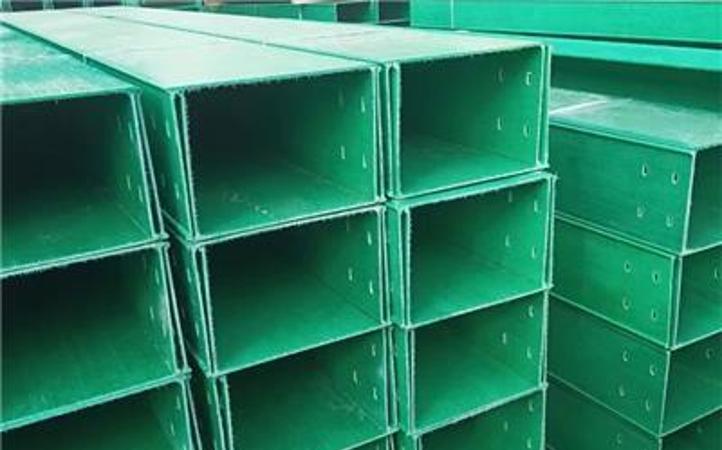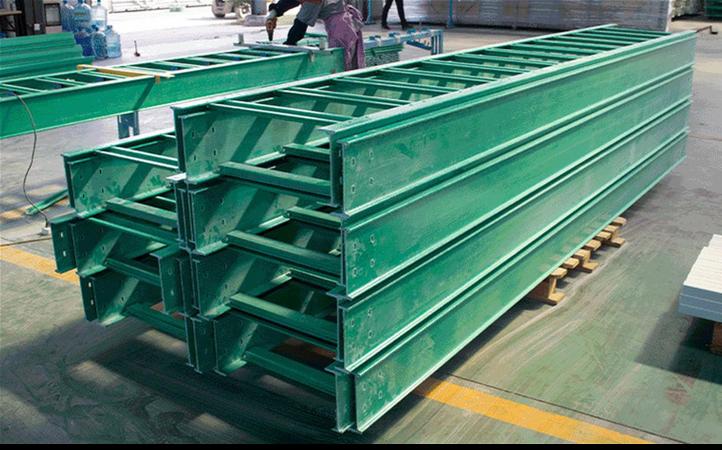frp fibre
update time: 2024-06-26 15:14:05
Fiber-reinforced plastic (FRP) is a versatile and durable material used in a wide range of industries, including automotive, aerospace, construction, and marine. FRP is composed of a polymer matrix reinforced with fibers, such as glass, carbon, or aramid. The production of FRP involves advanced manufacturing technologies to ensure the material's strength, durability, and performance.
The production of FRP begins with the selection of the polymer matrix and fiber reinforcement. The polymer matrix, commonly a thermosetting resin such as epoxy, polyester, or vinyl ester, is mixed with the chosen fibers to create a composite material with enhanced mechanical properties. The combination of the polymer matrix and fiber reinforcement is carefully engineered to meet the specific requirements of the intended application, whether it be high strength, impact resistance, or corrosion resistance.

Once the composite material is formulated, it undergoes a production process known as molding. Molding involves the shaping and curing of the composite material into the desired form, such as sheets, panels, or complex 3D structures. There are various molding techniques used in FRP production, including compression molding, resin transfer molding, and filament winding, each suited for different applications and part geometries. These molding processes require precision and expertise to ensure the material's uniformity and integrity.
In addition to molding, the production of FRP also involves post-processing treatments to further enhance its mechanical properties and surface finish. These treatments may include curing at specific temperatures, surface coating for added protection, and machining to achieve precise dimensions. Each step in the production process is carefully monitored and controlled to meet the required quality standards and performance specifications.

Overall, the production of FRP requires sophisticated manufacturing technologies and expertise to create a high-performance material with exceptional strength, durability, and versatility. As the demand for lightweight, durable, and corrosion-resistant materials continues to grow across various industries, the role of production technology in FRP manufacturing becomes ever more critical in meeting the demands of modern applications. The continued advancements in production technology hold the potential to further expand the capabilities and applications of FRP in the future.